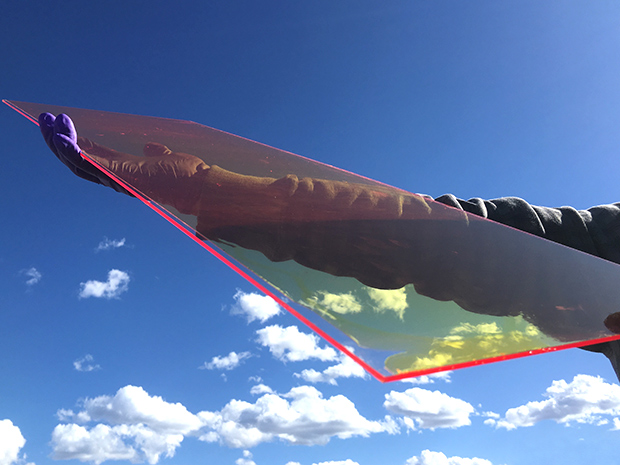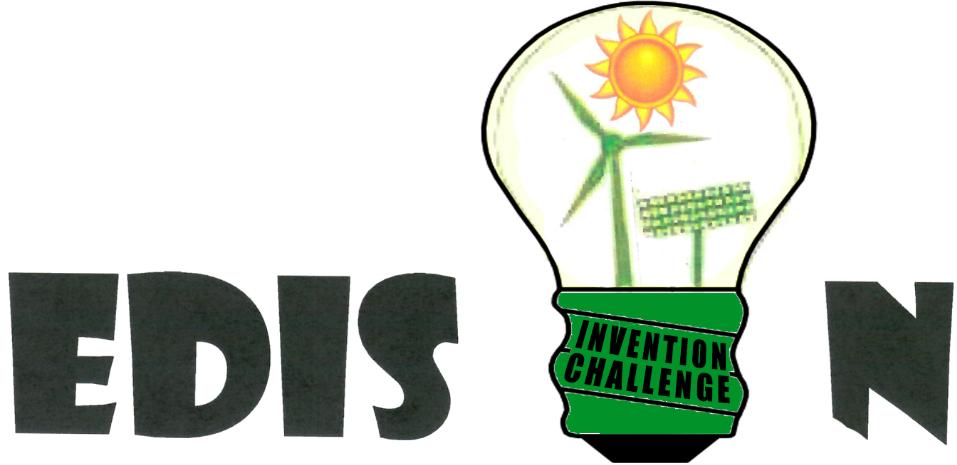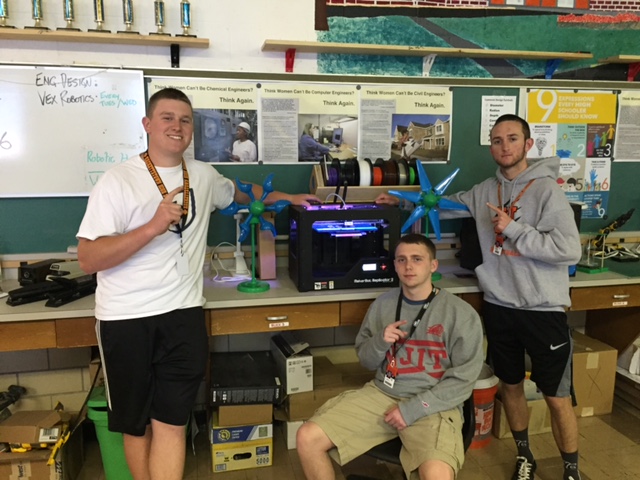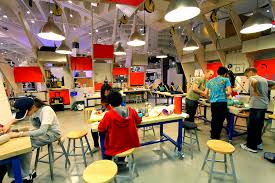Elon Musk has done it again with a trifecta of technology he has dubbed solar to vehicle technology. This not the first time such an ambitious plan has been tried, but this effort is well thought out.
Here it is in a nutshell: incredibly tough solar cells that can last for decades; an improved lithium-ion storage battery pack in the home; and, lots of electricity to run the home, and re-charge that Tesla electric vehicle. As Elon Musk muses … it’s sweet. And it is. Check it out.

Garage roof with glass solar panels
The solar panels are encapsulated in a tough tempered glass, with a quartz-like coating that is virtually indestructible. The panels come in a variety of designs and styles to make home roofs both highly functional and aesthetically pleasing; and capable of generating decades of electric energy.
Tesla says the tempered solar panel glass is “tough as steel,” and can weather a lifetime of abuse from the elements. It can also be fitted with heating elements to melt snow in colder climates. “It’s never going to wear out,” Musk said, “It’s made of quartz. It has a quasi-infinite lifetime.” The typical lifetime of today’s conventional solar panels is about 25-30 years. Imagine if your roof can last for decades. New conventional roofs are expensive, so a solar roof that can last a homeowner’s lifetime and generate electricity could be very economic; and give the home high re-sale value.
Tesla’s Powerwall battery pack is highly improved from the original model. Version 2 is a much different product. It packs more than twice the capacity—14 kilowatt hours versus 6.4 kilowatt hours—for a cheaper price after installation. It includes a built-in Tesla-brand inverter and comes with a ten year, infinite-cycle warranty.

Powerwall batteries
The business deal goes like this–Panasonic will produce the solar cells and Tesla will put together the glass tiles and everything that goes along with them. SolarCity, the biggest U.S. rooftop installer, will put the whole system together at your home.
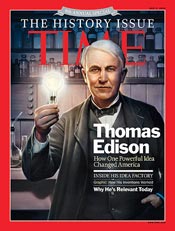 Thomas Edison said … “I’d put my money on the sun and solar energy. What a source of power! I hope we don’t have to wait until oil and coal run out before we tackle that. I wish I had more years left.”
Thomas Edison said … “I’d put my money on the sun and solar energy. What a source of power! I hope we don’t have to wait until oil and coal run out before we tackle that. I wish I had more years left.”
Time ® is a registered trademark of Time Inc.


